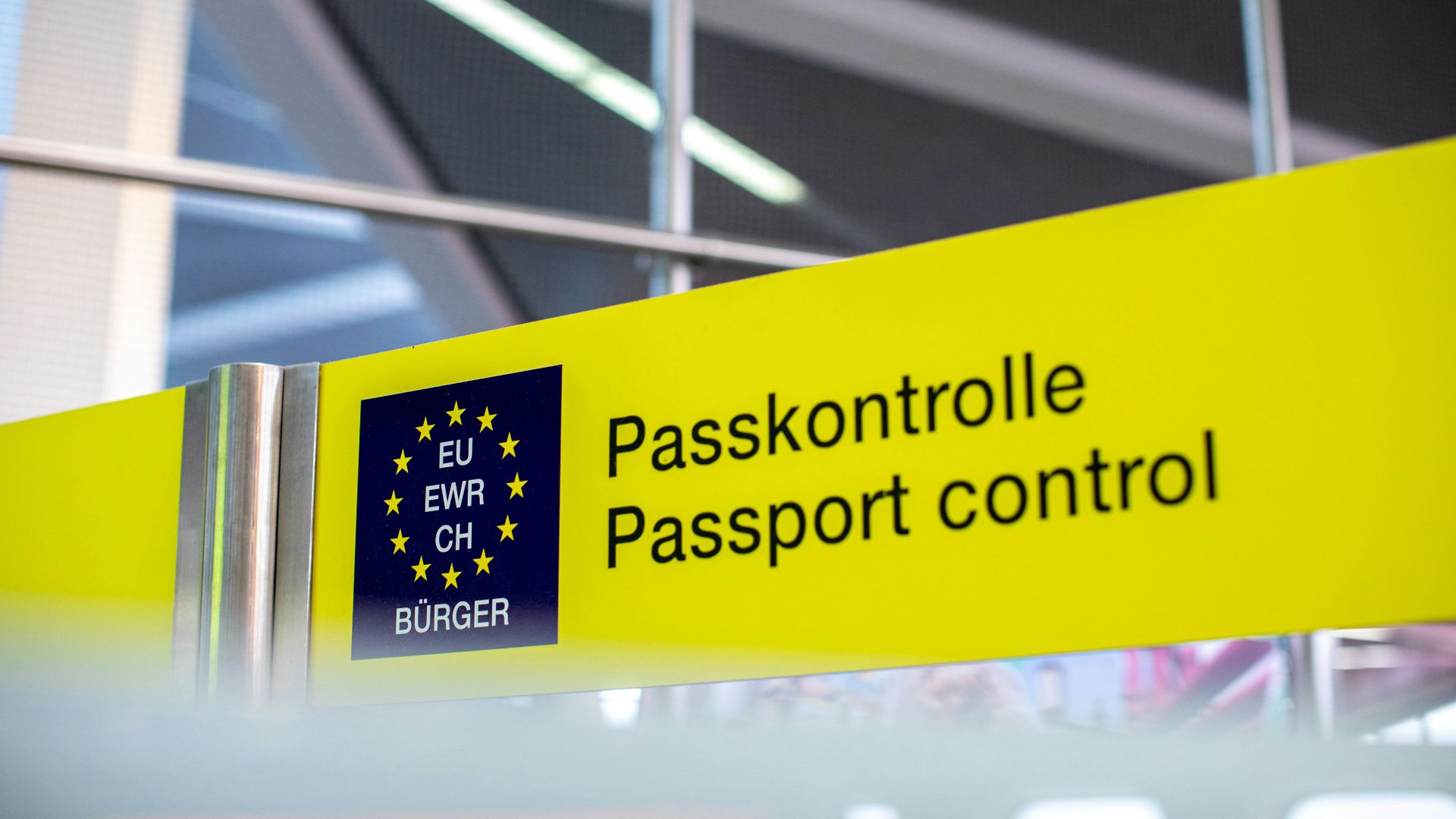Everything You Need To Know About The EU's New Travel Requirements
It's getting a bit more complicated to take spontaneous trips to Europe thanks to the newly integrated Entry/Exit System (EES) and the soon-to-come European Travel Information and Authorisation System (ETIAS). However, the new requirements should make things more efficient in the long run.
What is EES?
Last month, the EU launched new entry requirements (EES) that require non-EU nationals from places like the US, Canada, and the UK to pre-register their travel. This is meant to replace manual passport stamps with digital records and biometrics. It's intended to modernize border controls and make them more efficient and secure, reducing identity fraud. It officially began on October 12 but will be fully integrated into all border crossings by April 2026.
On your first entry, you'll be asked to provide a photo and fingerprints, which might take more time, but after you're in the system, it should streamline the entry and exit process.
What is ETIAS?
ETIAS is a travel authorisation for people from countries that don't need a visa to enter the EU (around 60 different countries). The idea is to screen travelers before they arrive at their European destination, making border checks more efficient, mitigating illegal immigration, and addressing public health concerns. The authorisation will be necessary for short stays of less than 90 days for tourism, business, transit, or medical visits. It doesn't replace long-term visas. Once issued, the ETIAS is valid for three years.
The ETIAS is not yet operational—it's scheduled to start at the end of 2026. It will necessitate travelers to apply online ahead of their journey. Most of the time, applications will be processed within minutes, but in some cases, they'll take up to four days. If you're requested to provide additional information, it can be extended to two weeks, and in the event that you're invited to an interview, the process can take up to 30 days. To allow time for any complications, you'll need to apply well in advance of your intended travel dates.
Having a valid ETIAS, however, doesn't guarantee entry to the EU—that will still be up to the discretion of border guards.
ETIAS applications will require:
- Personal information like your full name, date of birth, gender, nationality, and address.
- Passport information like number, date, and place of issue
- Employment information, or sometimes, educational background
- Background questions like criminal history, past travel to conflict zones, and whether you were previously refused entry
- Health information
- Credit or debit card information for payment
All the information you provide will be cross-checked against international security databases, so accuracy is extremely important. If your application is refused, you'll receive an email outlining why. You'll also be provided instructions for how to appeal.
Data protection
For both the EES and ETIAS systems, traveler data is protected through specific EU regulations. Only authorized personnel will have access to the data. Even law enforcement will need a justified reason and to follow formal protocols to access it. What's more, all data processing actions are logged, and data is erased after five years for ETIAS and three years for EES. Data transmission within the system is encrypted, preventing unauthorized access or interception.
While the new requirements may seem like a headache at first, they're meant to amp up security and will actually make processes faster and more streamlined in the process.









